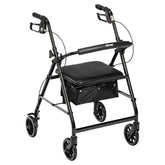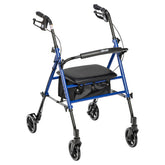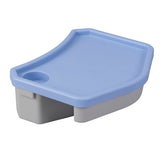BEST QUALITY FOR YOU
Where Quality Meets Comfort.
PRICE MATCH GURANTEE
Find a better price and we will beat it.
SERVICE YOU CAN TRUST
Local techs and free lifetime phone support

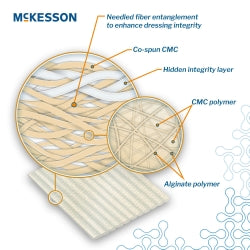
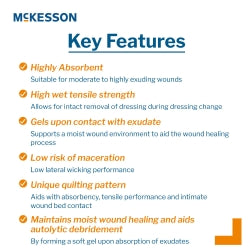




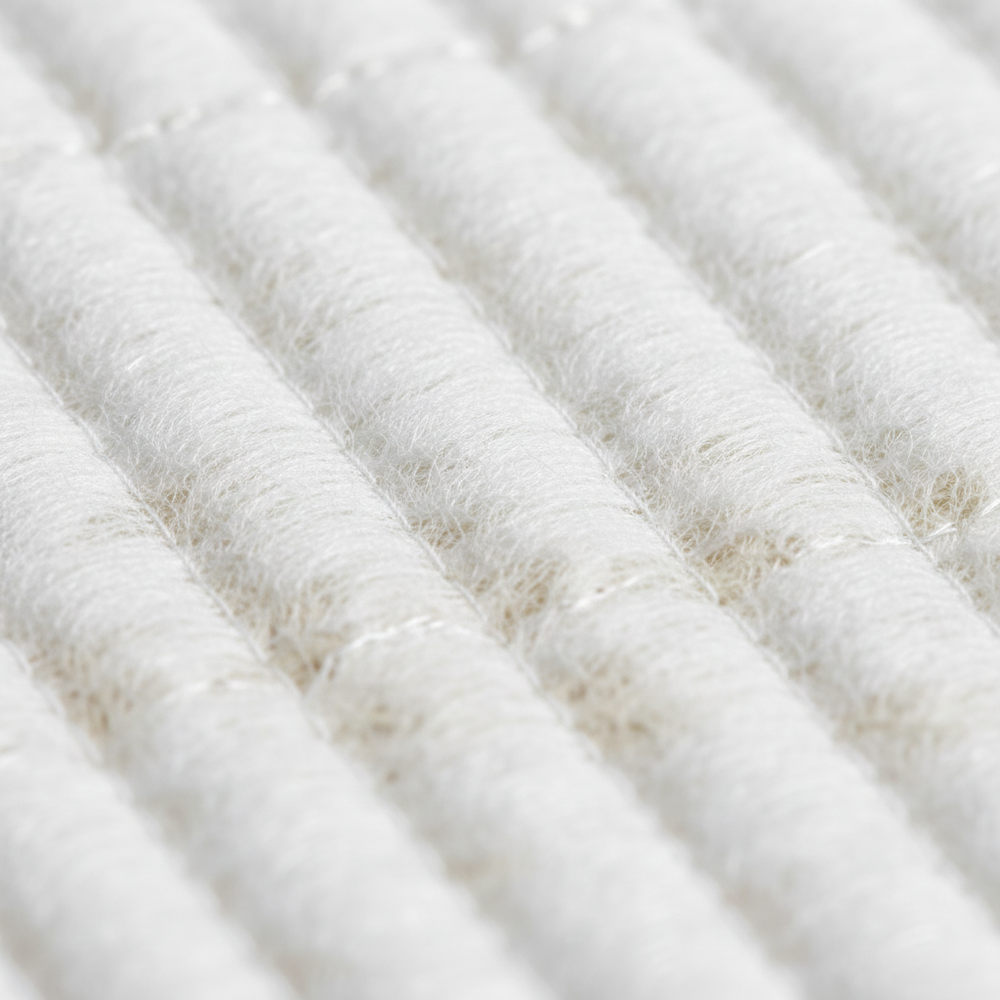

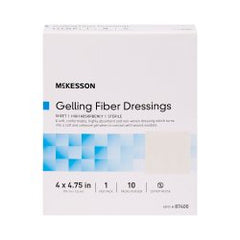
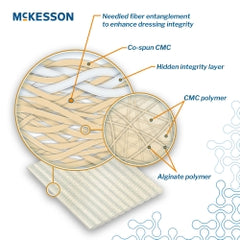
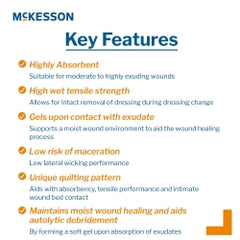






McKesson Absorbent Gelling Fiber Dressing - Sterile CMC Alginate for Moderate to Heavy Exudate
- $2.86
$3.00- $2.86
- Unit price
- per
Description
xAdvanced Gelling Fiber Dressing for Superior Exudate Management
The McKesson Absorbent Gelling Fiber Dressing represents a breakthrough in advanced wound care technology, combining the superior absorbency of carboxymethylcellulose (CMC) with the proven gelling properties of high-G (guluronic acid) calcium alginate to deliver exceptional exudate management for moderate to heavily draining wounds. These sterile, non-woven dressings are available in both sheet and rope configurations, providing versatile solutions for a wide range of wound types, depths, and anatomical locations across acute care, long-term care, and home health settings.
Dual-Fiber Technology for Optimal Wound Healing
The innovative dual-fiber composition leverages the complementary properties of CMC and high-G calcium alginate to create a synergistic wound healing environment. When the dressing contacts wound exudate, the fibers rapidly absorb fluid and transform into a soft, conformable gel that maintains continuous intimate contact with the wound bed—even as wound dimensions change during the healing process. This gel formation mechanism provides several critical clinical benefits that accelerate healing and improve patient outcomes.
The high-G calcium alginate component delivers exceptional vertical wicking capacity, rapidly drawing exudate away from the wound surface and into the dressing matrix. This vertical fluid movement minimizes lateral spread of exudate onto periwound skin, significantly reducing the risk of maceration, skin breakdown, and wound expansion—common complications that delay healing and increase treatment costs. The CMC fibers contribute superior gel strength and cohesion, ensuring the dressing maintains structural integrity throughout the wear period and facilitates intact, one-piece removal without leaving residue or fragments in the wound bed.
Reinforcement Layer for Intact Removal and Reduced Trauma
The integrated reinforcement layer represents a significant advancement over traditional alginate dressings that often break apart during removal, leaving fibers embedded in the wound bed that can trigger inflammatory responses and impede healing. This reinforcement technology allows clinicians to remove the entire dressing in one piece, even when fully saturated and gelled, minimizing wound bed disturbance, reducing patient discomfort during dressing changes, and eliminating the time-consuming process of irrigating residual dressing material from the wound.
The unique quilting pattern enhances the reinforcement layer's effectiveness by distributing tensile forces evenly across the dressing surface, preventing tearing or fragmentation during handling and removal. This quilted construction also creates channels that facilitate rapid fluid distribution throughout the dressing, maximizing absorbent capacity utilization and extending wear time between dressing changes.
Moist Wound Healing Environment and Autolytic Debridement
By forming a moisture-retentive gel at the wound interface, this dressing creates and maintains the optimal moist wound environment that clinical research has proven essential for accelerated healing. The moist environment supports cellular migration, promotes angiogenesis, facilitates collagen synthesis, and enables epithelial cells to resurface the wound more rapidly than occurs under dry conditions. Studies demonstrate that moist wound healing can reduce healing time by up to 50% compared to traditional dry dressing approaches.
The gel interface also promotes autolytic debridement—the body's natural process of using moisture and enzymes to soften and separate devitalized tissue from healthy tissue. This gentle, selective debridement mechanism removes necrotic material, fibrin slough, and cellular debris without damaging viable tissue or causing patient pain, creating a clean wound bed that supports granulation tissue formation and epithelialization. Autolytic debridement reduces or eliminates the need for more aggressive mechanical or sharp debridement procedures, improving patient comfort and reducing procedural costs.
Superior Absorbency with Low Maceration Risk
The dressing's highly absorbent fiber matrix can absorb up to 20 times its weight in wound fluid, making it ideal for managing moderate to heavily exuding wounds including venous leg ulcers, pressure injuries, diabetic foot ulcers, surgical wounds, traumatic wounds, and donor sites. Despite this exceptional absorbent capacity, the vertical wicking action and gel formation mechanism keep exudate contained within the dressing, protecting periwound skin from moisture exposure and dramatically reducing maceration risk compared to traditional gauze or foam dressings.
This combination of high absorbency and low maceration risk extends dressing wear time, reduces the frequency of dressing changes, lowers overall treatment costs, and improves patient quality of life by minimizing disruption to daily activities and sleep. Fewer dressing changes also mean reduced nursing time, lower supply consumption, and decreased patient exposure to the discomfort and infection risk associated with frequent wound manipulation.
Excellent Wet and Dry Strength for Clinical Reliability
The dressing maintains excellent wet and dry strength throughout the entire wear period, ensuring reliable performance from application through removal. The dry strength facilitates easy handling and precise placement during application, while the wet strength prevents the dressing from disintegrating or fragmenting when saturated with exudate. This consistent structural integrity gives clinicians confidence that the dressing will perform as expected across diverse wound types, exudate levels, and patient populations.
Soft, Conformable Design for Patient Comfort
The soft and conformable fiber construction adapts to irregular wound contours and anatomical surfaces, ensuring complete wound bed coverage and eliminating dead spaces where fluid could accumulate. This conformability is particularly valuable for wounds in challenging locations such as the sacrum, heels, elbows, and other areas subject to movement and pressure. The gentle, non-adherent gel interface minimizes pain during dressing changes and protects fragile granulation tissue and newly formed epithelium from mechanical trauma.
Clinical Applications and Indications
Indicated for managing partial and full-thickness wounds with moderate to heavy exudate including pressure ulcers (Stage II-IV), venous stasis ulcers, arterial ulcers, diabetic ulcers, post-surgical wounds, traumatic wounds, donor sites, superficial burns, and wounds requiring autolytic debridement. The rope configuration is specifically designed for packing deep wounds, tunneling wounds, undermined wounds, and sinus tracts, while sheet dressings are ideal for shallow to moderate-depth wounds with regular contours.
Safety and Quality Standards
Manufactured to meet or exceed all applicable FDA and ISO standards for wound dressings. Not made with natural rubber latex, accommodating latex-sensitive healthcare environments and protecting patients with latex allergies. Each dressing is individually packaged and sterilized to ensure infection control compliance and patient safety. Single-use design eliminates cross-contamination risks and ensures optimal performance for every application.
Cost-Effectiveness and Clinical Outcomes
By extending wear time, reducing dressing change frequency, promoting faster healing, and preventing complications such as maceration and infection, this gelling fiber dressing delivers measurable cost savings across the continuum of wound care. Healthcare facilities benefit from reduced supply costs, decreased nursing time, shorter healing times, and improved patient satisfaction scores. The intact removal capability reduces waste disposal costs and eliminates the need for additional irrigation supplies to remove dressing residue.
Key Features Summary: Highly absorbent CMC-alginate fiber blend | Reinforcement layer for intact removal | Unique quilting pattern | Excellent wet and dry strength | Low maceration risk | Supports moist wound healing and autolytic debridement | Soft and conformable | Latex-free | Sterile
Shipping & Return
xShipping Policy
We provide shipping worldwide and most of our orders are delivered within 7-15 days.
Return Policy
We have a 30-day return policy, which means you have 30 days after receiving your item to request a return.
To be eligible for a return, your item must be in the same condition that you received it, unworn or unused, with tags, and in its original packaging. You’ll also need the receipt or proof of purchase.
To start a return, you can contact us at cetabo.contact@gmail.com. Please note that returns will need to be sent to the following address: 2236 W Holcombe Blvd, Houston Texas 77030, United States
Related Products
Recently Viewed Products
- Choosing a selection results in a full page refresh.

